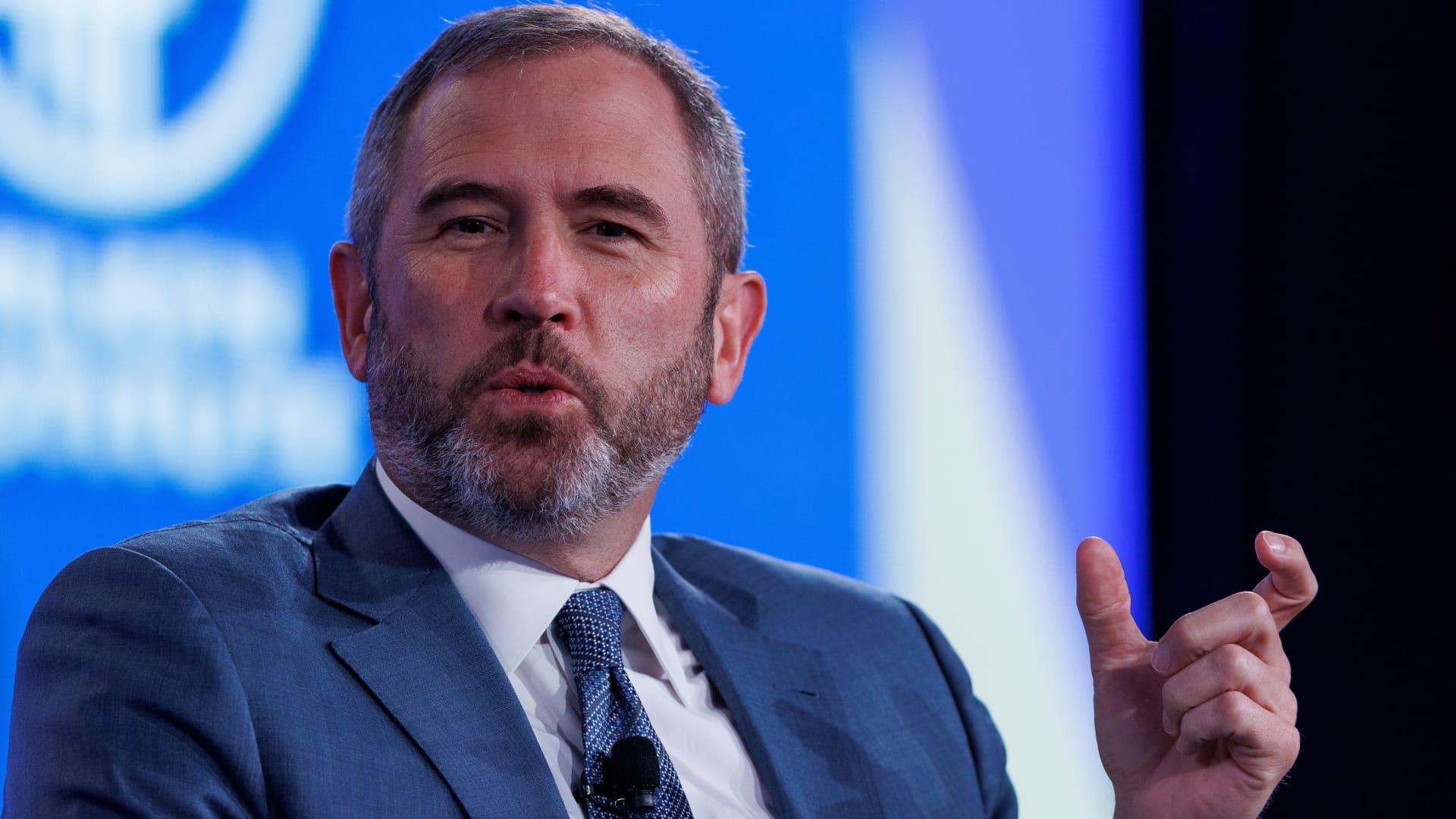There was a time when the Indian consumer, especially the middle class, used to greet the annual Union Budget with some trepidation. In the pre-Goods and Services Tax (GST) era, the worry was about tax rates going up on some essential goods. After 2016, that was replaced by fears of some unwelcome changes in the personal income tax rates or capital gains tax (after 2018) if you were an investor.
With the post-Covid consumption boom showing signs of slackening this year and inflation eating into some savings, the wariness of the yesteryear period would have been replaced by feelings of expectation and hope. Expectation because of the consumer’s stellar contribution in keeping the Indian economy resilient during the Covid years, and hope that the government would find a suitable way to reward and assuage the pain caused by the pandemic’s heavy toll.
On Wednesday, finance minister Nirmala Sitharaman ably stepped up to the task and delivered. Union Budget 2023-24 is a landmark, growth-oriented budget which not only took steps to ensure India’s continued macro stability, but also amply rewarded the consumer for her faith in the Indian growth miracle. The finance minister kept a tight rein on the nation’s purse strings by pegging the FY24 deficit below 6.0% but managed to find enough room in the kitty to splurge on infrastructure and give away some tax sops. The government may have lost about ₹35,000 crore in revenue, but Sitharaman and her ministry found a permanent place in the hearts of millions of consumers and investors across the country.
The tax measures will please a bulk of the salaried, tax-paying middle class and appeal to high-income earners.
Tax slabs have been simplified to five from six, and hopefully, this trend in reduction and simplification will happen in future budgets also, as a means to a simpler, transparent tax structure.
Sitharaman said in her speech that the tax liability for an individual who earns ₹9 lakh per annum has dropped to ₹45,000 from ₹60,000 earlier, and a rebate on income earned up to ₹7 lakh has also been provided. The basic exemption limit has been increased by ₹50,000 to ₹3 lakh and a standard deduction has been introduced for pensioners and the salaried class under the new tax regime.
The measures are likely to provide a much-needed boost to consumption and benefit the consumer-facing economy, especially automobiles, consumer durables, fashion apparel, and jewellery. The financial services industry and banks who have seen a healthy uptick in retail credit growth are also likely to benefit. With inflation coming down and interest rates likely to remain steady or even drop, growth in the Indian economy is likely to remain robust.
Other measures in the budget, aimed at boosting infrastructure and agriculture, are also likely to have a beneficial impact on consumption. For instance, the capital investment outlay has increased 33.4% to ₹10 lakh crore while the railways has got the highest ever capital outlay of ₹2.4 lakh crore. An Urban Infrastructure Development Fund (UIDF) will be set up to upgrade and provide infrastructure for Tier 2 and 3 cities. All this will go a long way in boosting job creation and demand for materials such as cement and steel.
Higher infra spending, especially on railways and roads, will lead to job creation, higher incomes and rising standards of living. This, in turn, will lead to increased demand for houses, loans, and consumer goods. The budget has also increased the agriculture credit target to ₹20 lakh crore with a greater focus on animal husbandry, dairy and fishery, giving a lift to rural incomes.
Last year, there was fear in some quarters about the negative impact of the Russia-Ukraine war and the global slowdown. But the resilience of the Indian consumer, deft and timely intervention by the Union government, robust performance by India Inc across sectors, and the healthy balance sheet of banks, have helped us emerge unscathed. We ended 2022 as one of the fastest growing large economies.
Wednesday’s budget, with its adroit balancing act and much-needed boost to consumption and infrastructure, is likely to see us emerge in the Amrit Kaal with renewed vigour and optimism.
Kumar Mangalam Birla is the chairman of the Aditya Birla Group
The views expressed are personal
















